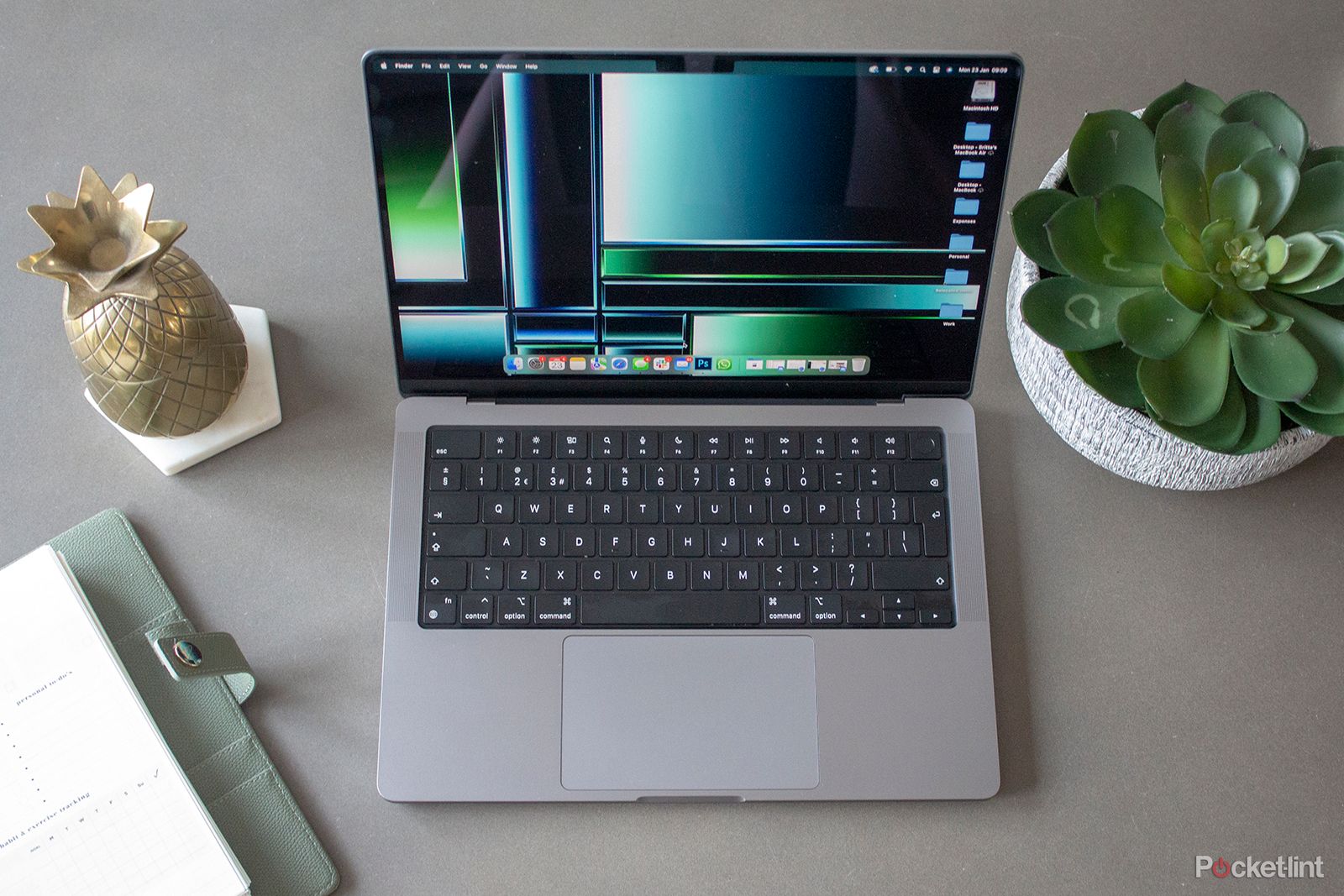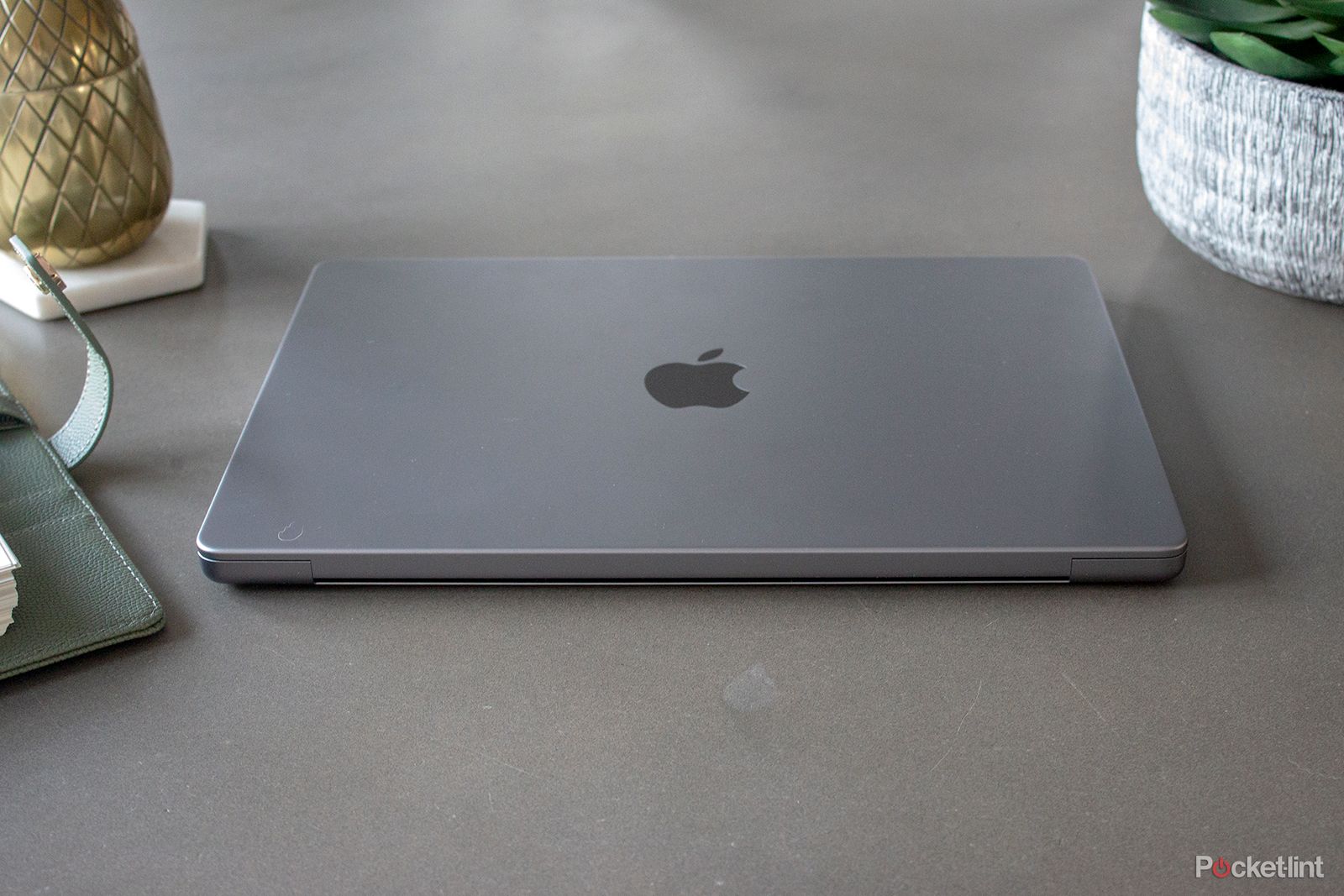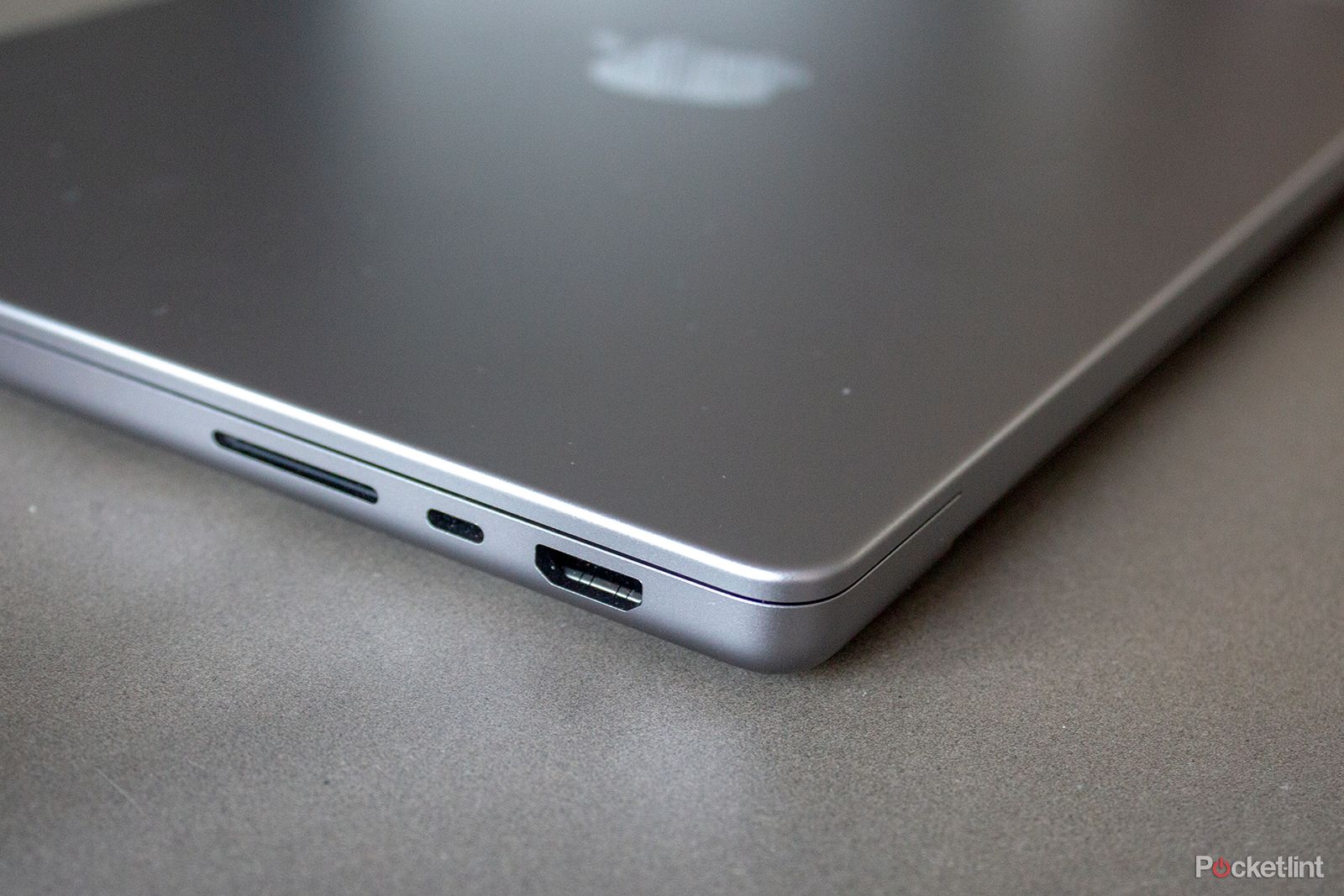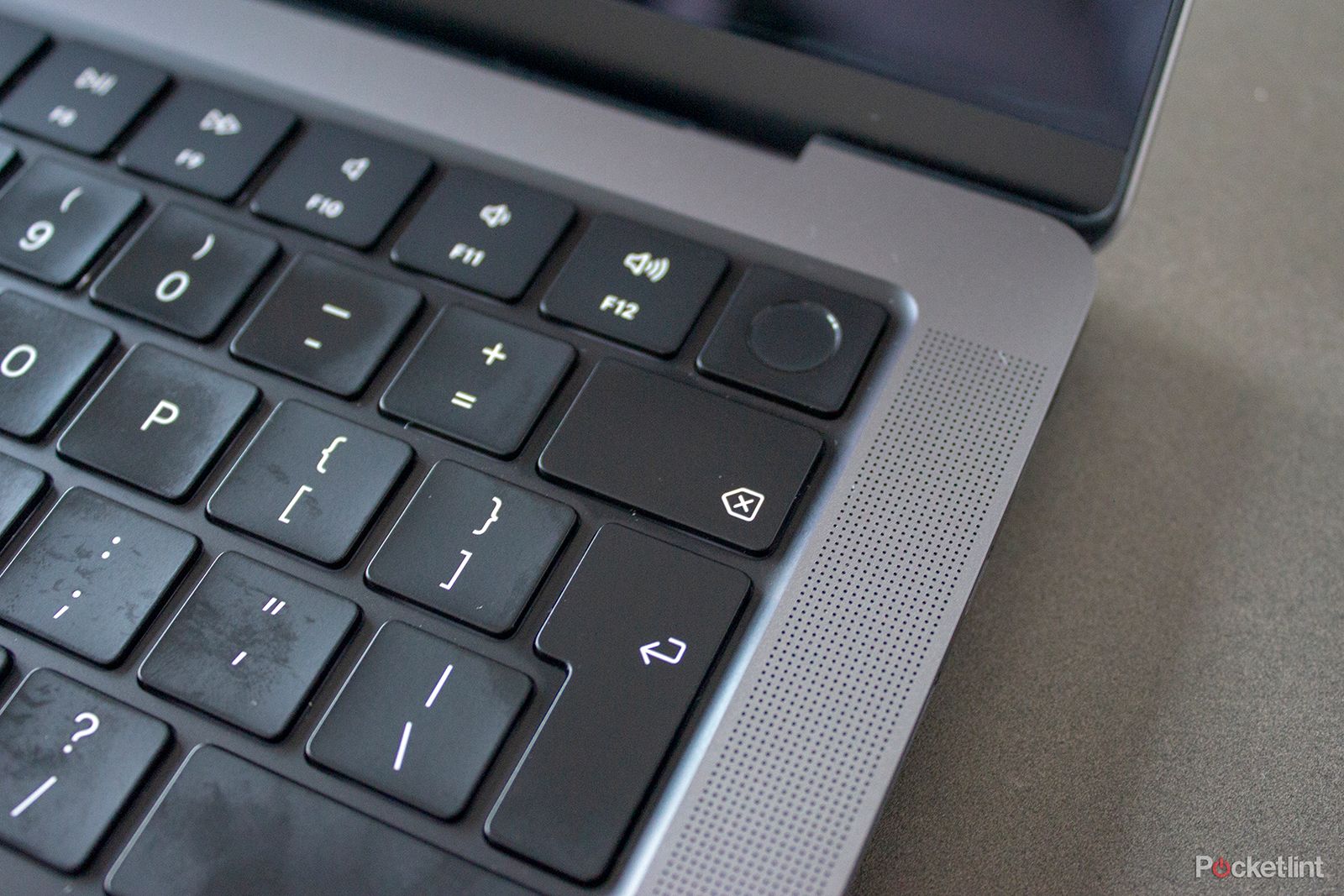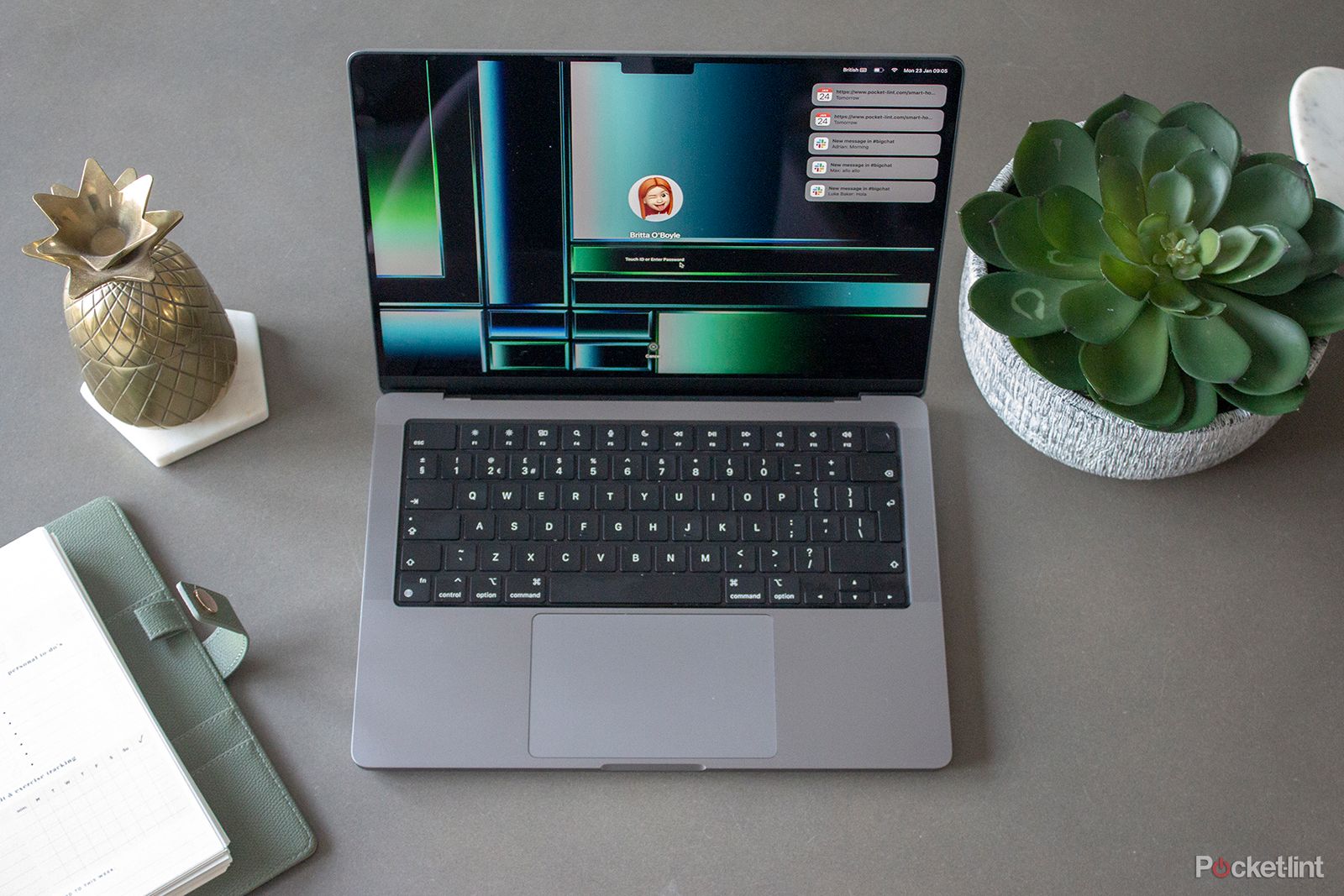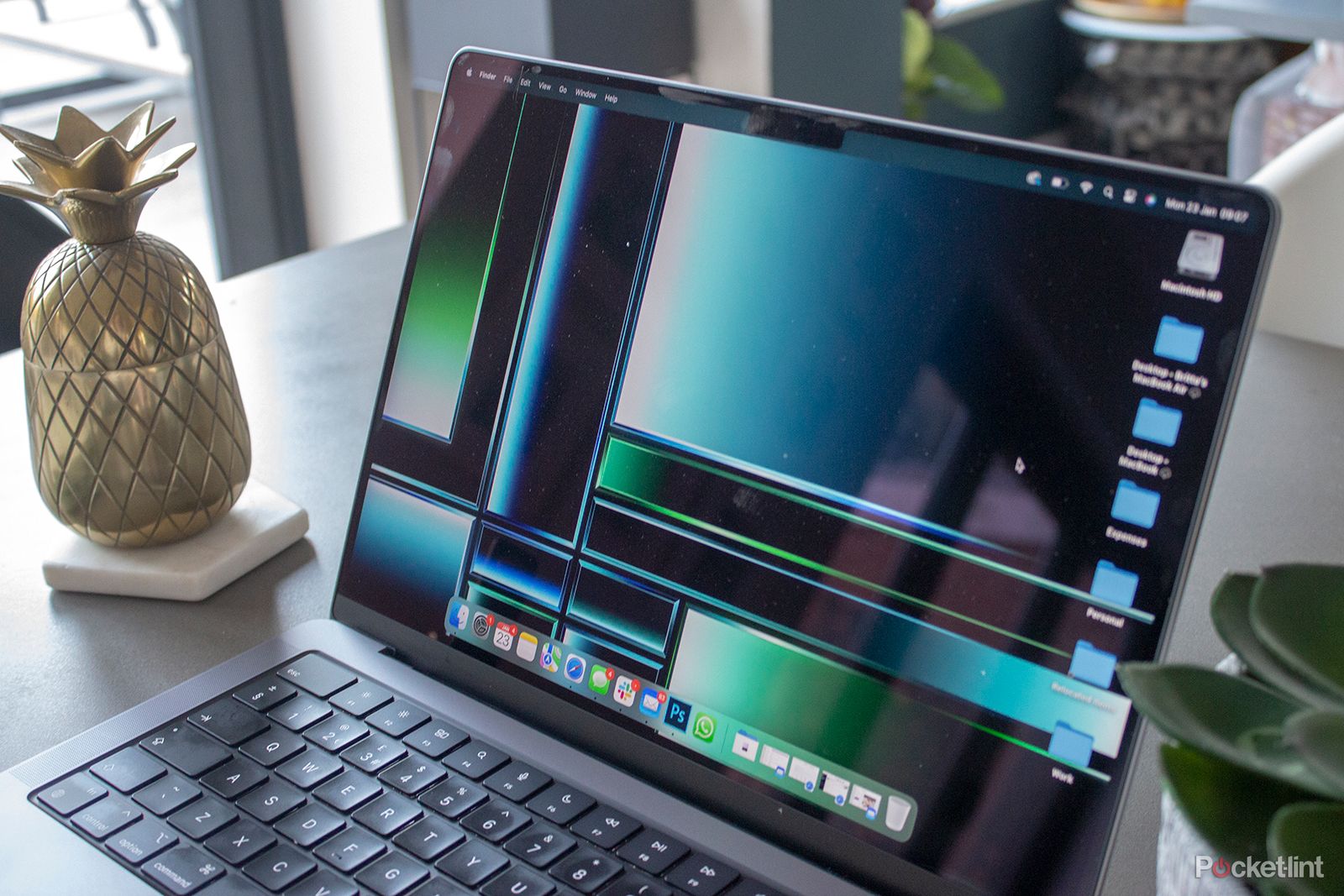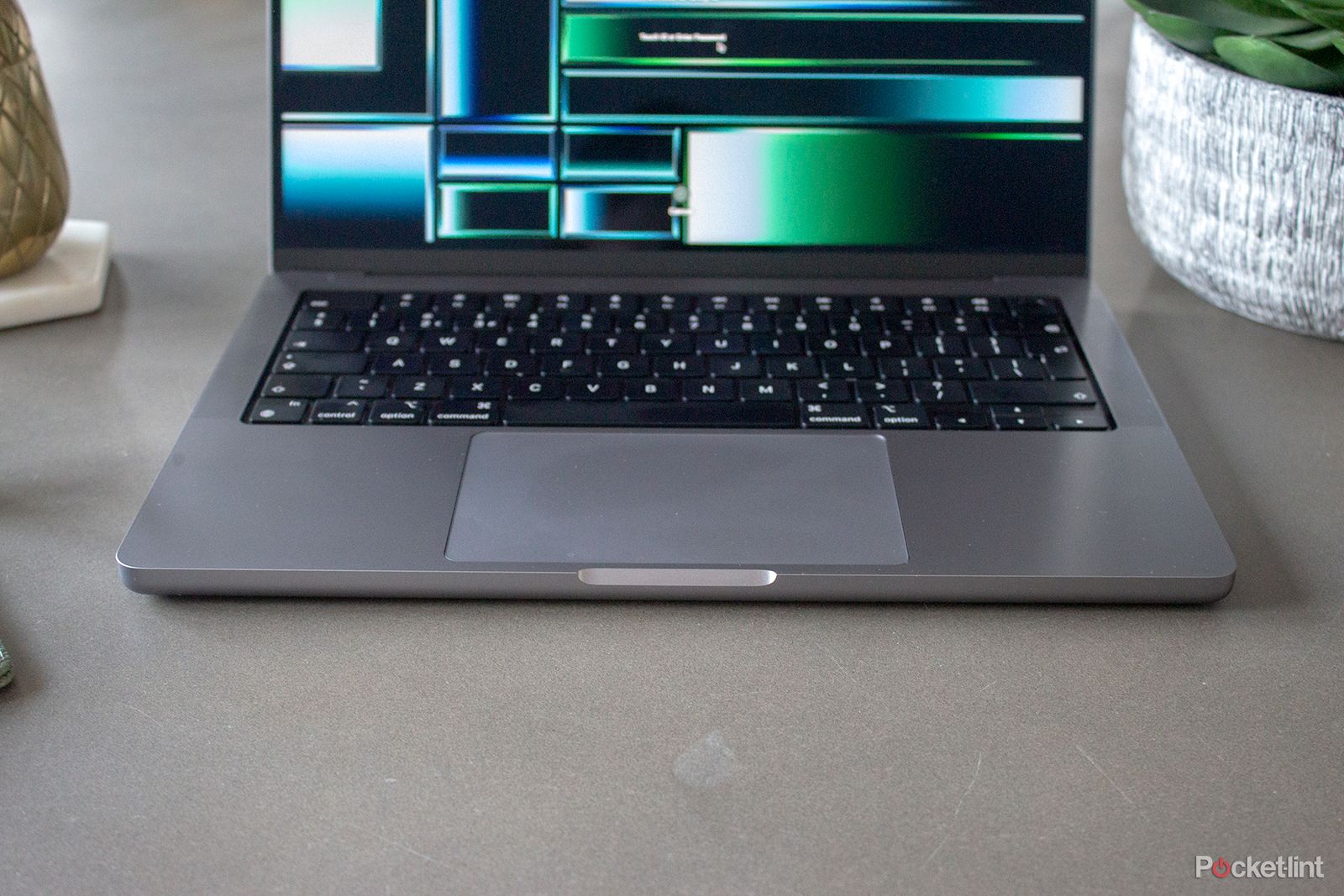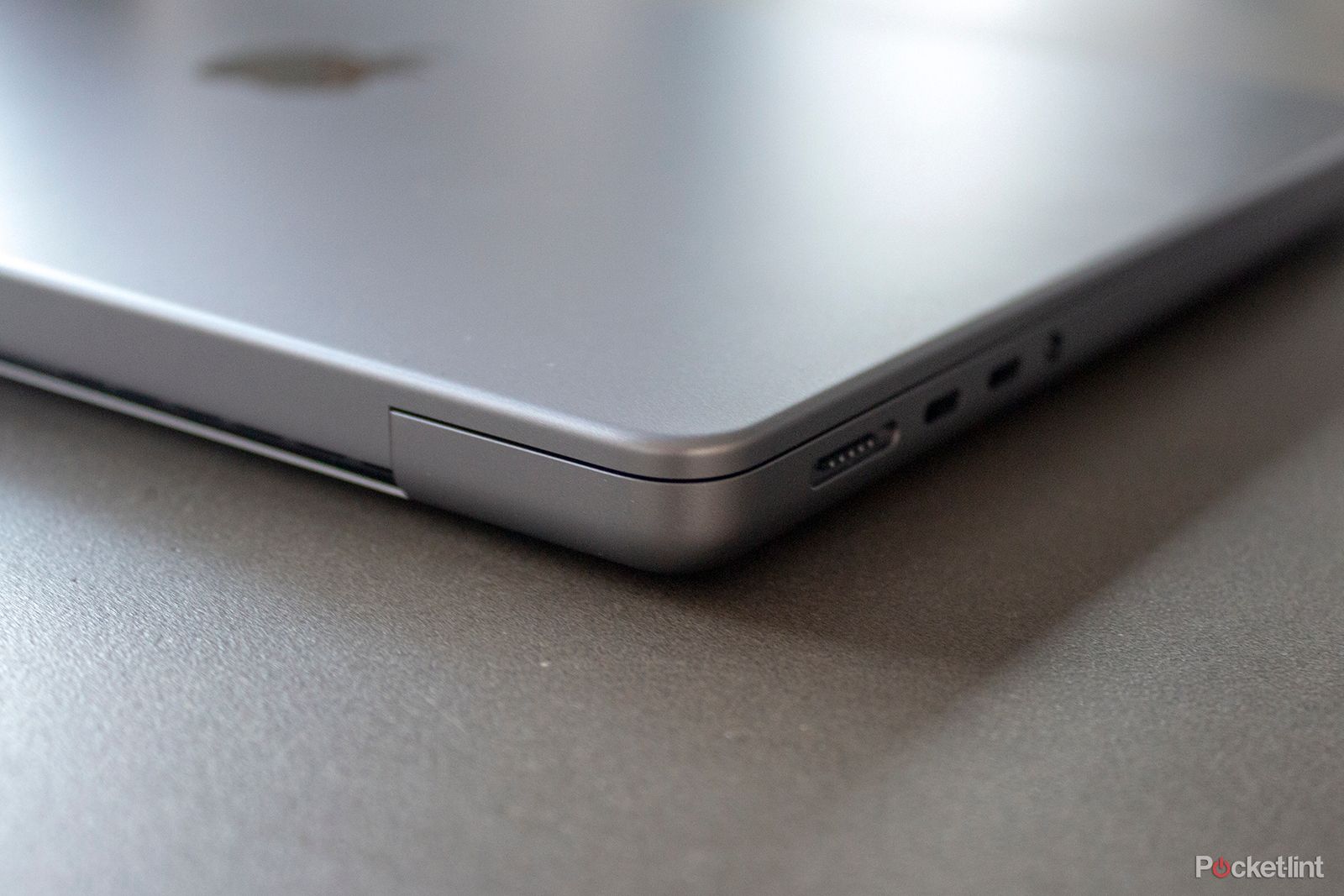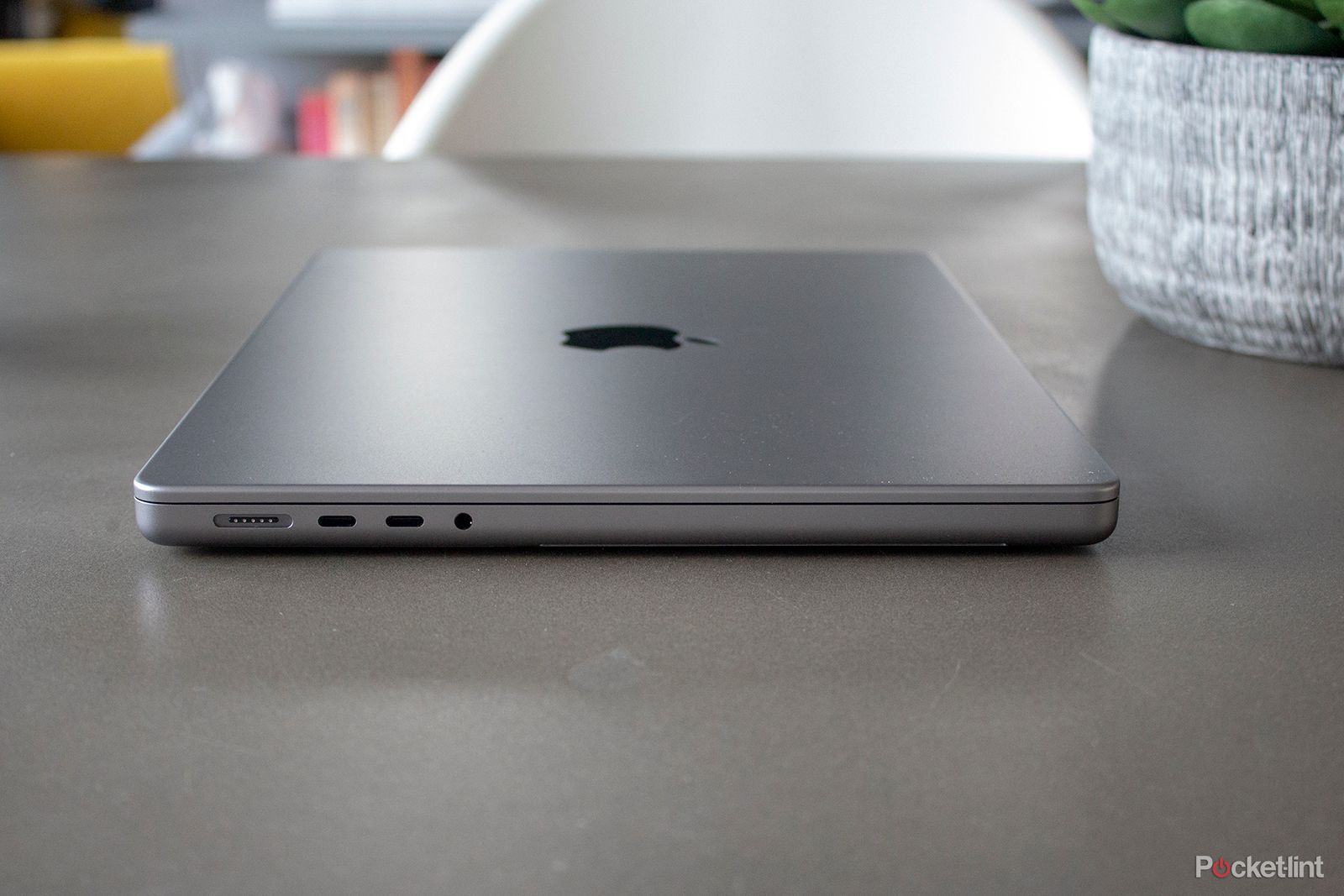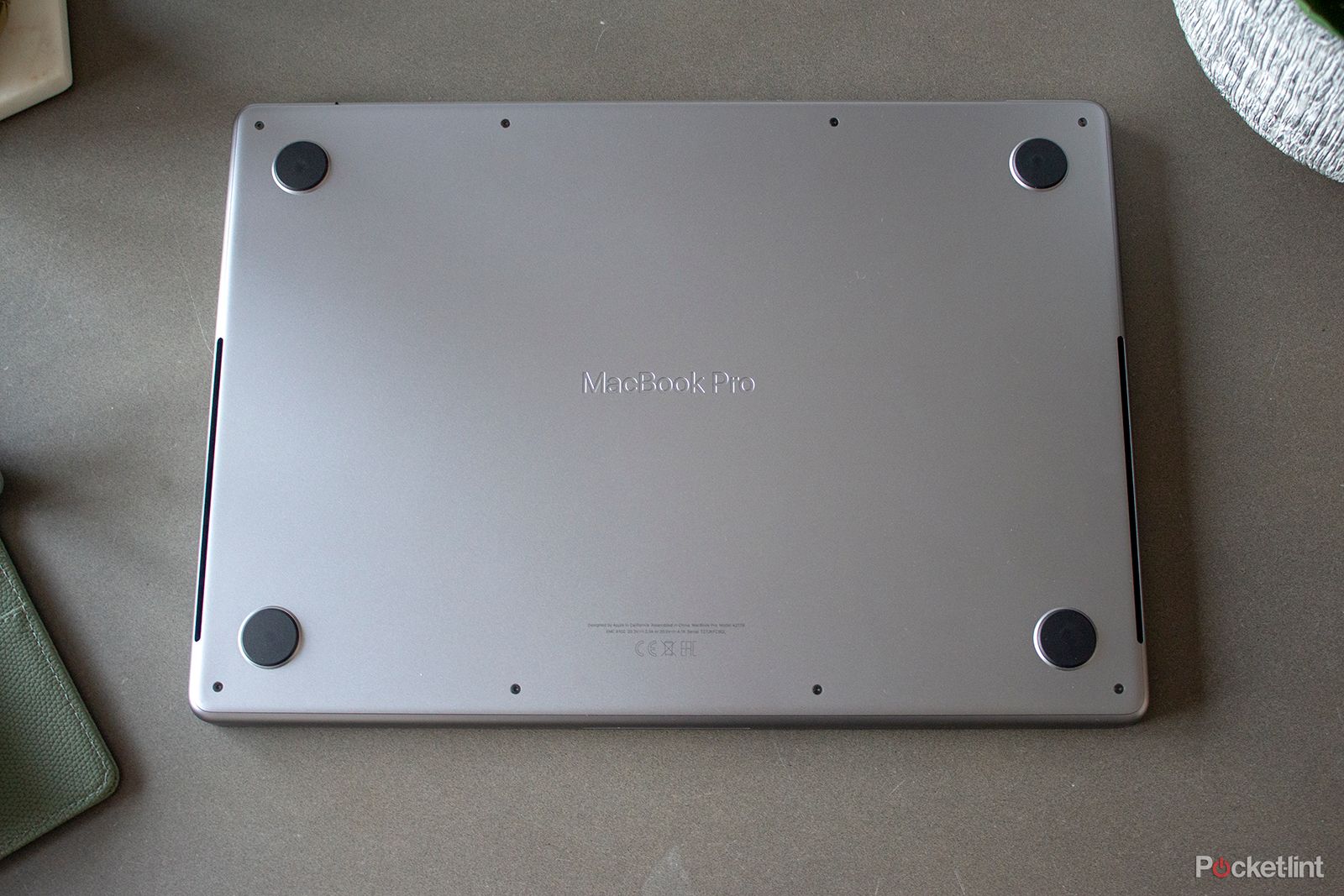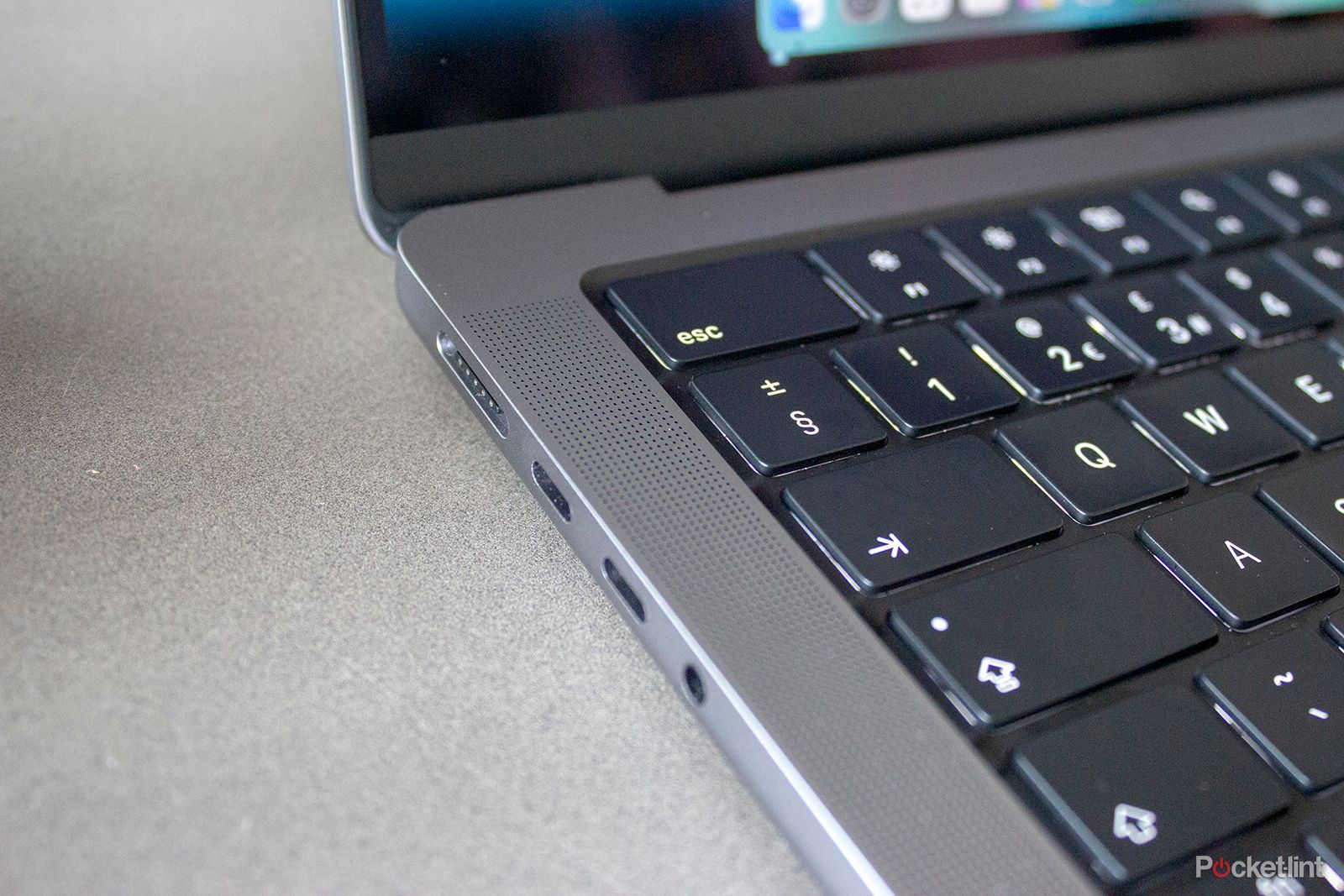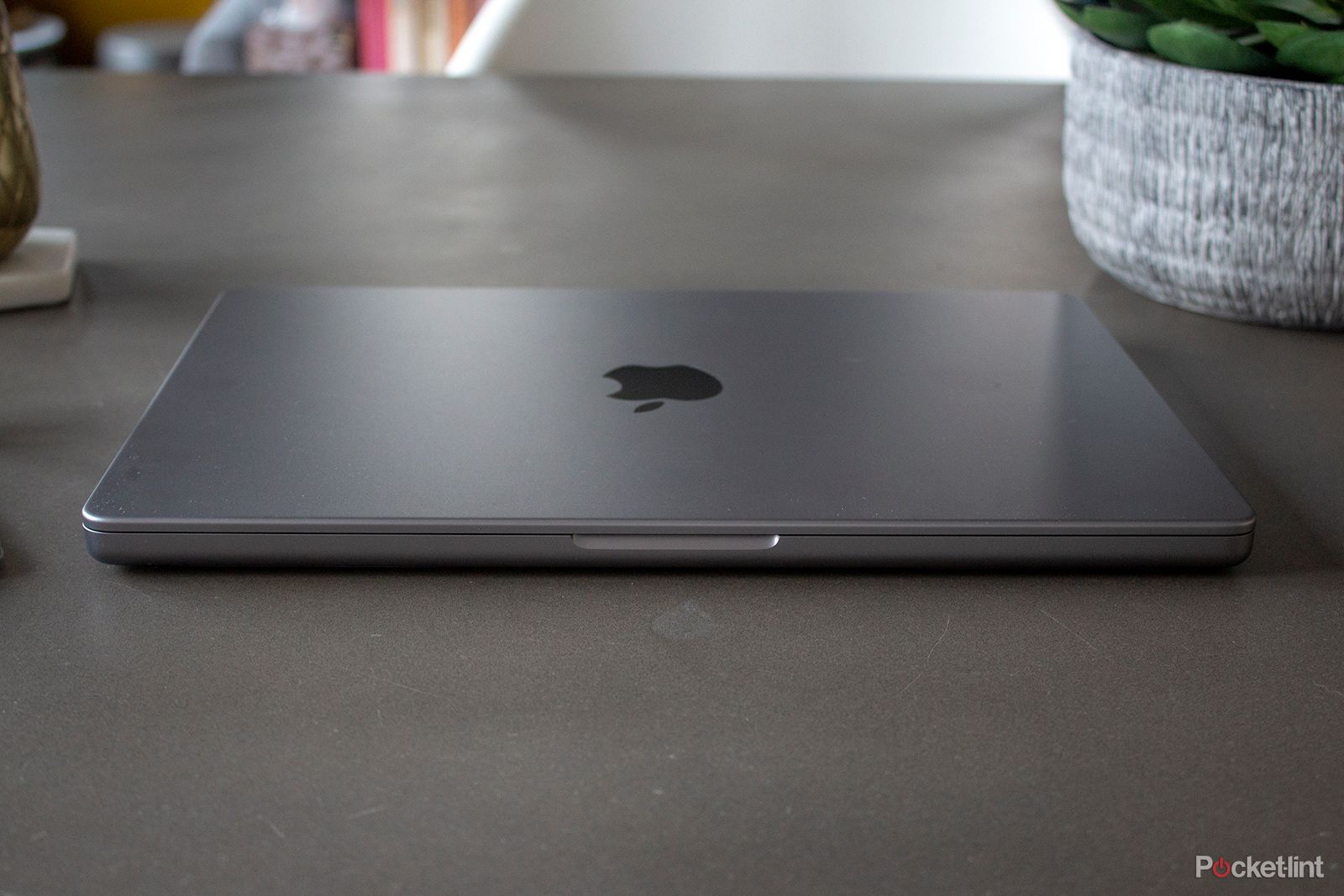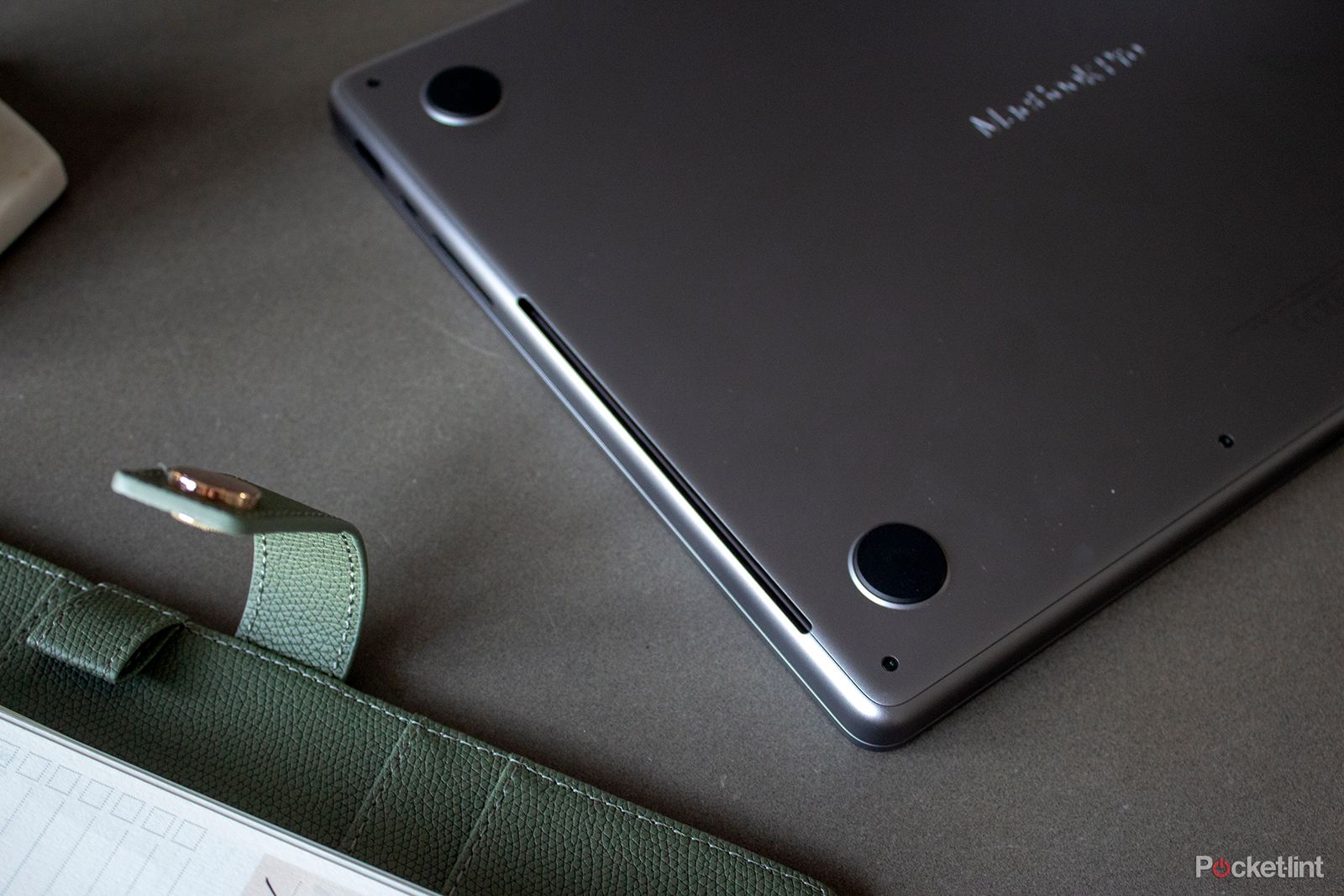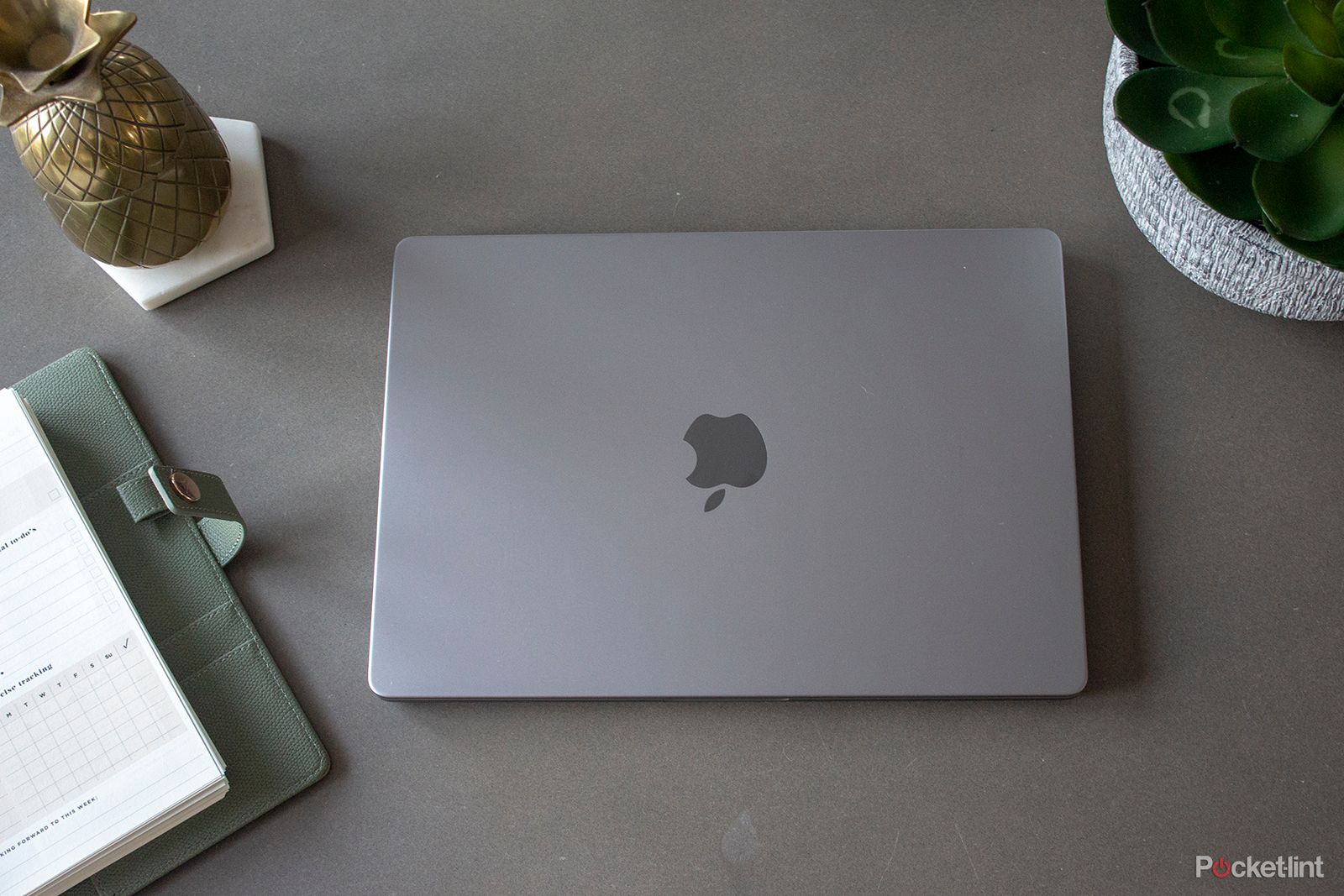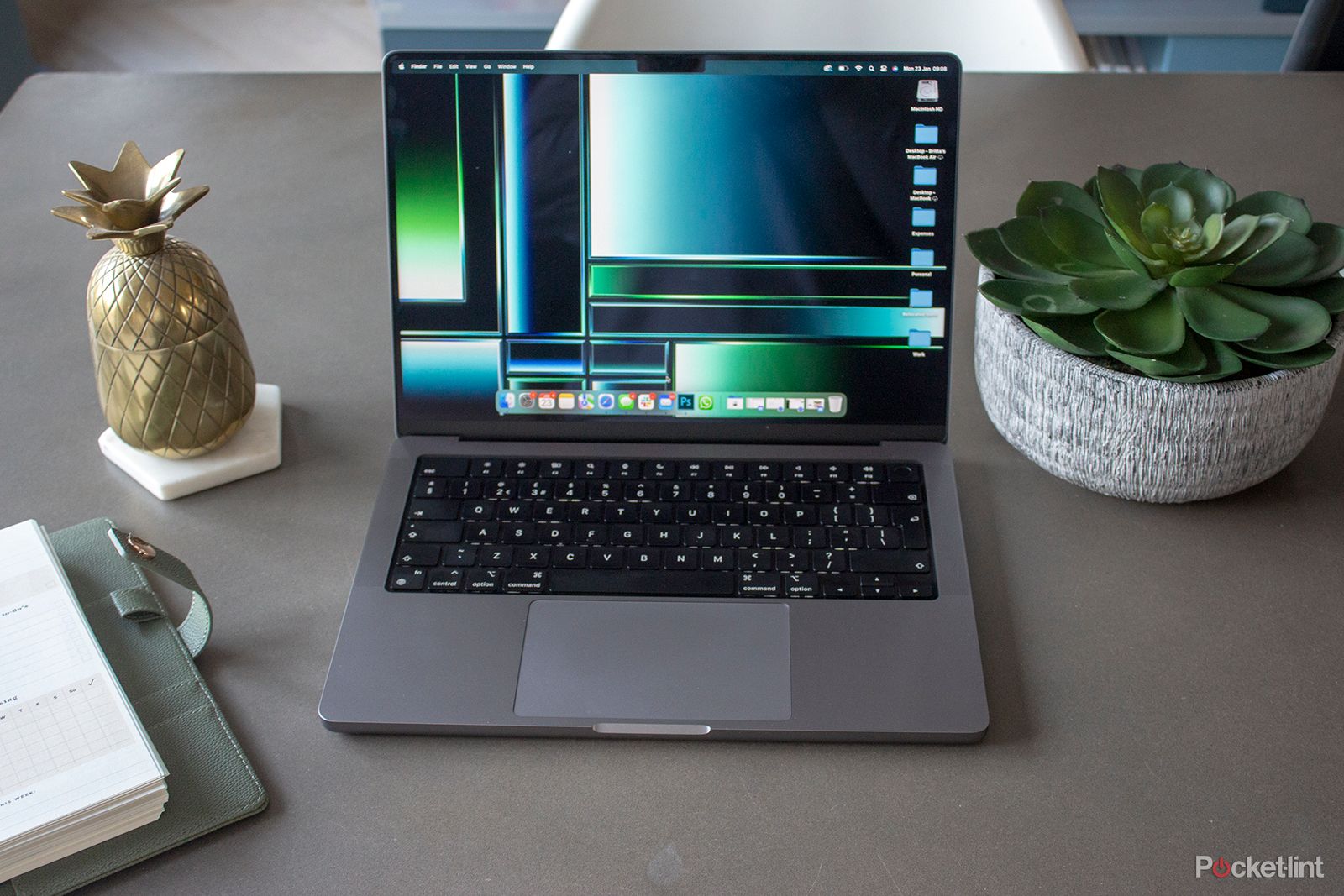Apple updated its MacBook Pro lineup in early January, and while the design remains the same as the 2021 models, the latest machines have had some internal improvements with the M2 Pro and M2 Max chipsets running the show for 2023.
With 14-inch and 16-inch options, configurable up to a 38-core GPU and a huge 96GB of unified memory, the latest MacBook Pro models firmly live up to that 'Pro' name. They don't come cheap though, so should you invest, and if you have the M1 Pro or M1 Max model, should you upgrade? Here's our review.
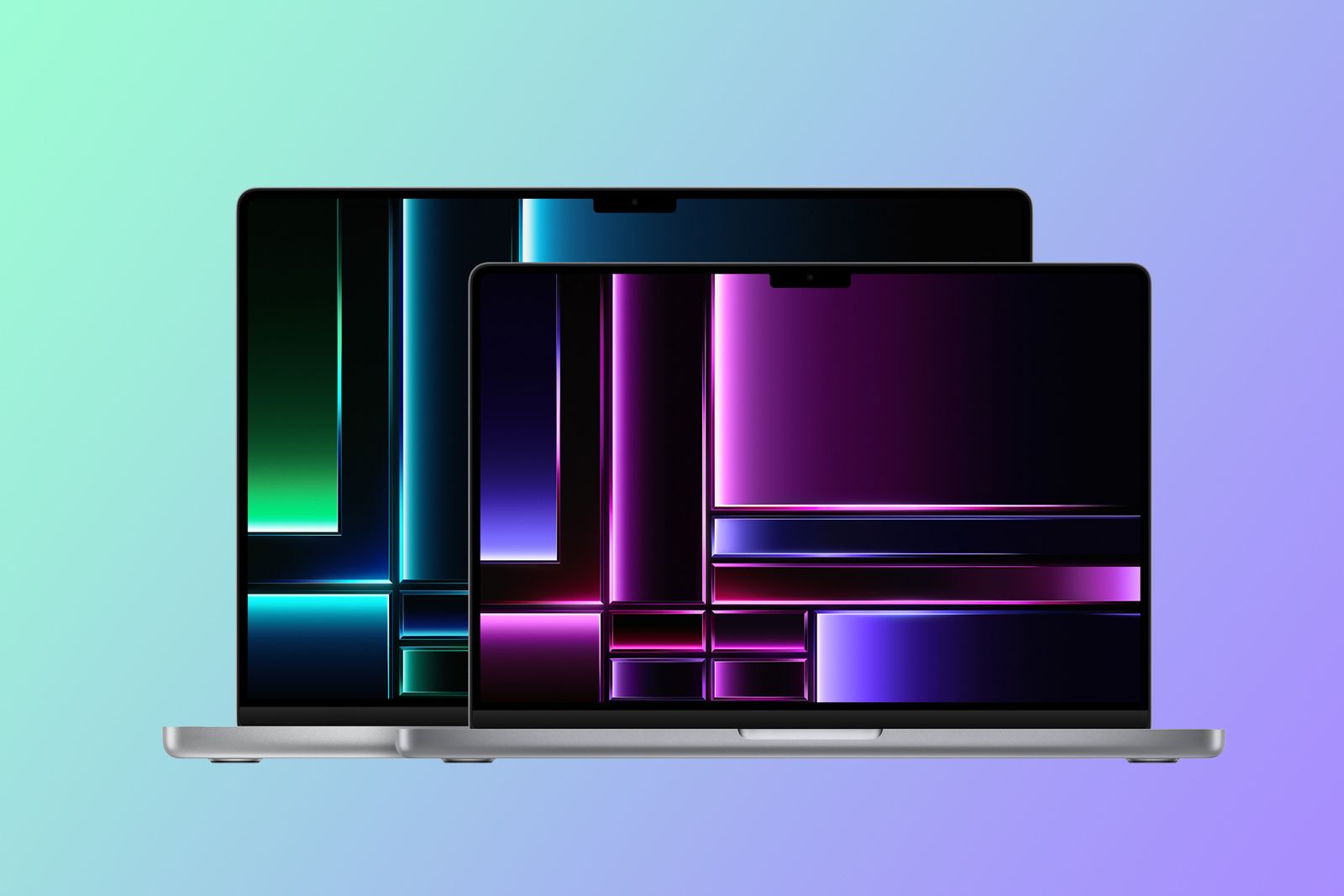
Apple MacBook Pro 14in (M2, 2023)
The 14-inch MacBook Pro leaves little - if anything - to be desired. It's an incredible laptop with more power and performance than most will ever need or utilise, a fantastic build quality, an incredible display and a great battery life (from our experience so far).
- Solid design
- Stunning display
- Lovely to use
- Excellent performance
- Great battery life
- No Face ID
- Expensive
- Possibly unnecessary upgrade for MacBook Pro (M1 Pro/Max) users
Familiar but great design
- Both: Aluminium, Space Grey or Silver
- Both: 3x Thunderbolt 4, 1x HDMI, 1x SDXC, 1x 3.5mm audio jack
- 14-inch: 155 x 312.6 x 221.1mm, 1.6kg
- 16-inch: 168 x 355.7 x 248.1mm, 2.16kg
The MacBook Pro (M2 Pro/Max, 2023) shares an identical design to its predecessor, but that is by no means a bad thing. In fact, we'd have been very upset to see it change. The 2021 model ditched the Touch Bar at the top of the keyboard and reintroduced the physical line of function keys but more than that, it also reintroduced ports.
The Touch Bar we could take or leave - we never had a particularly strong opinion on it except for that it probably never realised its full potential - but the ports? Oh we love ports. While MacBook users have probably got used to having more adapters on them than change these days, there is so much to be said for the simplicity of being able to just pop your SD card in the SDXC card reader or a monitor into the HDMI port.
There's a MagSafe 3 charging port on the left edge, coupled with two of the three Thunderbolt 4 ports and a 3.5mm audio jack, while the right edge has the HDMI 2.1 port, the third Thunderbolt 4 port and the SD card reader.
Like the 2021 models, the MacBook (M2 Pro/Max, 2023) model comes in a choice of 14-inch and 16-inch options. Both have the same exceptional build quality, with a solid aluminium body. It's weighty but it's still more than portable. The lid is completely flat - as it is on the 2021 models, as well as the redesigned MacBook Air (M2, 2022) - giving it a modern but retro look that we are huge fans of.
Open that flat lid and the same layout we have seen on MacBook Pros for years is present. Speakers flank the keyboard on either side, which sees 78 (US) black keys with 12 full-height function keys, four arrow keys in an inverted-T arrangement and a Touch ID key sunken into a black background. The keyboard is the same layout as the MacBook Air (M2, 2022) but for some reason the black background is really quite striking (as it was on the 2021 models too) compared to the highlights of aluminium in between they keys.
Beneath the keyboard - which we should add is a delight to type on, offering the perfect amount of click and pop - is the large, glass-covered Force Touch trackpad. The trackpad is great too - which is clear as you don't notice it, delivering precise control and a lovely experience overall, as is typical for MacBooks.
Stunning display
- MacBook Pro 14-inch: 14.2-inch Liquid Retina XDR display, 3024 x 1964 pixel resolution, Up to 1600nits, ProMotion, True Tone
- MacBook Pro 16-inch: 16.2-inch Liquid Retina XDR display, 3456 x 2234 pixel resolution, Up to 1600nits, ProMotion, True Tone
Whether you opt for the 14-inch MacBook (M2 Pro/Max, 2023) or the 16-inch model, you get a Liquid Retina XDR display, which is quite simply stunning. It's not a new display - it was on the 2021 MacBook Pro models and it's on the iPad Pro 12.9-inch, but it continues to be worth shouting about.
There's still a notch at the top in the centre, housing the 1080p FaceTime HD camera - just like the MacBook Air does. There is also still no Face ID sadly, but the notch design is something you barely notice, and the camera itself is more than capable meaning you shouldn't need an external option. Continuity Camera is supported in macOS Ventura though, so you can use your iPhone instead if you wish. There are slimmer bezels around the display compared to the Air too, meaning whatever size model you pick, you get a lot of screen in the space available.
Colours are wonderfully vivid with plenty of punch, detail is excellent and with a 1600nits peak brightness, there's brilliant dynamic range, especially when dealing with HDR content, as you would expect. The standard brightness when not watching HDR content is 1000nits, which is double that of the MacBook Air (M2, 2022).
We've never had an issue with the brightness of the MacBook Air in day-to-day use, but having that extra brightness on the MacBook Pro really does mean reflections don't stand much of a chance, while working in bright conditions pose no issue at all. We didn't stay outside too long - it was -5-degrees at the time of writing this review - but the MacBook Pro had no issues despite the glaring winter sun and frost reflections thrown at it.
The brightness is helpful at lower levels too though - like those red-eye flights where you might want to be working but the rest of the plane is asleep and could do without having a beam of light from your display in their eyes. Even at the lowest brightness mode, there's enough to give you what you need from the display without blinding anyone - and it's great for battery life too.
The 14-inch MacBook Pro has a 14.2-inch display with a 3024 x 1964 pixel resolution, while the 16-inch has a 16.2-inch display with a 3456 x 2234 pixel resolution. Both have Apple's ProMotion technology on board, which automatically varies the refresh rate between 47.95Hz and 120Hz to match the motion being displayed on the screen, allowing for a smooth and responsive experience.
Both models also offer a P3 colour gamut and True Tone, the latter of which automatically adjusts the display based on your surroundings. It makes the display easy on the eyes, but creatives will likely want to turn this off in order to get more accurate colour representation as it does turn everything a little yellow in some scenarios.
Power and hardware
- 14-inch or 16-inch models, M2 Pro or M2 Max chipsets
- Up to 12-core CPU, up to 38-core GPU, up to 96GB unified memory
- Up to 8TB SSD
- Up to 400GB/s memory bandwidth
- Wi-Fi 6E, Bluetooth 5.3
While the design and display on the MacBook Pro (M2 Pro/Max, 2023) models remain largely the same as their predecessors, there have of course been some improvements internally.
Both the 14-inch and 16-inch models are available with the M2 Pro or M2 Max chipset and configurable up to 8TB SSD. Built on a 5nm process, the two chips are designed with more CPU and GPU cores, more on-package unified memory, and more memory bandwidth than the M2 chip that runs the latest MacBook Air.
Getting geeky for a second, the M2 Pro has 40 billion transistors, up to a 12-core CPU, up to a 19-core GPU and up to 32GB of unified memory. It also has up to 200GB/s unified memory bandwidth. The M2 Max meanwhile, takes things that step further, with 67 billion transistors, a 12-core GPU, up to a 38-core GPU, and up to 98GB of unified memory. There's also up to 400GB/s unified memory bandwidth. By comparison, the M2 has 100GB/s.
It's said the M2 Pro has up to 20 percent faster CPU performance and up to 30 percent faster GPU performance than M1 Pro, while the M2 Max is said to be 30 percent faster GPU performance than M1 Max. Both chips include ProRes acceleration for encode and decode, allowing them to play back multiple streams of 4K and 8K ProRes video, while preserving CPU and GPU power for other tasks, such as colour grading or rendering titles and animations in real time.
To put that in perspective, the M2 Pro is said to be capable of up to 23 streams of 4K ProRes, or up to five streams of 8K ProRes, while the M2 Max is said to be capable of up to 43 streams of 4K ProRes or up to 10 streams of 8K ProRes.
When it comes to external displays, the M2 Pro simultaneously supports full native resolution on the built-in display and up to two external displays with up to 6K resolution at 60Hz over Thunderbolt, or one external display with up to 6K resolution at 60Hz over Thunderbolt and one external display with up to 4K resolution at 144Hz over HDMI. One external display can also be supported at 8K resolution at 60Hz or one external display at 4K resolution at 240Hz over HDMI. Got that? Good.
The M2 Max meanwhile, simultaneously supports full native resolution on the built-in display and up to four external displays: up to three external displays with 6K resolution at 60Hz over Thunderbolt and one external display with up to 4K resolution at 144Hz over HDMI. It can also support up to two external displays with 6K resolution at 60Hz over Thunderbolt and one external display with up to 8K resolution at 60Hz or one external display with 4K resolution at 240Hz over HDMI.
Elsewhere on the hardware front, both the MacBook Pro (M2 Pro/Max) support Wi-Fi 6E - though you will of course need a network that also supports the 6GHz band to get the benefit of those speed gains. There's also Bluetooth 5.3 supported. We mentioned the SDXC card slot previously - it's worth noting this supports the SD 4.0 standard and UHS-I and UHS-II SDXC cards. The HDMI port meanwhile, supports TVs and displays with 4K resolution at up to 240Hz, or 8K TVs with up to 60Hz. Additionally, it also supports HDMI variable refresh rate (VRR).
There are six speakers with force-cancelling woofers that offer support for Spatial Audio when playing music or video with Dolby Atmos on built-in speakers, as well as Spatial Audio with dynamic head tracking when using AirPods (3rd generation), AirPods Pro, and AirPods Max. You'll also find a three-mic array.
Speaker performance is great too - and significantly better than the MacBook Air, as you might expect given the positioning of the speakers. There's a much wider soundstage on the MacBook Pro, as well as better clarity so it makes watching films with or without headphones a pleasant experience.
Performance and battery
- Our review model: 14-inch MacBook Pro (M2 Max, 12-core CPU, 38-core GPU, 64GB unified memory, 2TB SSD)
- Up to 12 hours web browsing
- 96W charger
We had the 14-inch MacBook Pro in for review with the M2 Max chip with 12‑core CPU, 38‑core GPU, 64GB unified memory and 2TB SSD so it's definitely not the base model, but not the top-spec model either.
There's still a huge cost that comes with this machine, but we have yet to find something to complain about in terms of its performance. It is rapid in everything it does, from image and filter processing on Photoshop to video rendering in Final Cut Pro.
Exporting an 8-minute 4K video in high quality took just under 2 minutes 30 seconds on the MacBook Pro and resulted in a 3GB file, while exporting the same video in ProRes quality took just 34 seconds and resulted in a 27GB file, showing just how rapid Apple M-silicon chips are at dealing with ProRes. By comparison, the same exports on a Mac Mini with M1 chip and 16GB memory took just under 4 minutes for the 4K file and 2 minutes and 50 seconds for the ProRes file. On the MacBook Air with M2 chip and 16GB memory, timings were over 8 minutes for the 4K file, and just under 1 minute 30 seconds for the ProRes file.
We are fully aware that what we do for our day-to-day job doesn't even come close to what this laptop is capable of, so we can't review it from the perspective of some of the people that might consider buying it. Everything we did throw at it though, we can wholeheartedly say it handled without even batting a pretty little aluminium eyelid.
It's questionable whether those on the MacBook Pro (M1 Pro/Max, 2021) models actually really need to upgrade and that's arguably the biggest downside to this laptop. For however excellent this machine is, the machine it is replacing is also brilliant.
The M2 Pro and M2 Max models are claimed to have between 0.3 and 0.4x faster filter and function machine learning performance in Photoshop and between 1.1x and 1.3x faster object-tracking performance in Final Cut Pro for example, but do you need either of those that much to warrant the cost of the upgrade? For those moving from an Intel-based MacBook Pro, the differences are seemingly greater so there's definitely more of an argument for that upgrade. For those already on the M1 Pro or M1 Max models though, you may decide it's not warranted this time around.
There are claims of battery gains in the latest models though, which may offer a bigger selling point. The 14-inch MacBook Pro is claimed to have up to 18 hours of Apple TV app movie playback and up to 12 hours wireless web, while the 16-inch model is said to have up to 22 hours or up to 15 hours, respectively.
So far, the battery claims for the 14-inch model are accurate in our experience, though we will be testing this over the coming weeks once we have been through a few more charge cycles. The MacBook Air (M2, 2022) has an incredibly impressive battery life so we hold the same hopes for the MacBook Pro. It is of course user dependent as to how long your machine will last, but we'd have no issues leaving home for the day without our MacBook charger and there is a lot to be said for that.
When it comes to charging, the model we had in for review came with a 96W USB-C power adapter and a colour-matched MagSafe cable, which charged the battery to 50 per cent within 30 minutes. There's a 67W charger with the 10-core M2 Pro models, while the 16-inch model comes with a 140W charger. None of them are dual-ports though like the MacBook Air has the option of, which is missed as it's very useful especially when you're carrying around such a large charger.
Software
- macOS Ventura
The MacBook Pro models run on macOS Ventura, which offers a number of features, including Stage Manager, Freeform and several updates to native apps like Mail, Safari and Spotlight. Stage Manager automatically organises apps and windows on your Mac into a single view to make it easier to switch between tasks.
We have a separate feature on Stage Manager that you can read for a more in depth look at what the feature brings, but in a nutshell, it enables you to switch between windows and apps with one click. You can also make different groups of apps for specific tasks and projects, arranging, resizing and overlapping them in your ideal layout.
We've also got a separate feature on macOS Ventura you can read for more detail on the software side of things, but from a performance point of view, the MacBook Pros run everything very smoothly and it's a familiar experience too for those well-versed in MacBook life.
Verdict
The 14-inch MacBook Pro leaves little - if anything - to be desired. It's an incredible laptop with more power and performance than most will ever need or utilise, a fantastic build quality, an incredible display and a great battery life (from our experience so far).
Its biggest downfall is of course that all this greatness comes at a price - which ranges from $1999/£2149 to a whopping $6499/£6749 fully specced. It would also have been nice to see Face ID, and while we are on our wishlist, a touchscreen wouldn't have gone amiss either. But even without those things, it's still impossible not to adore this machine.
Should you buy it? If you have the budget, we have absolutely no hesitation in recommending it, but there is also an argument for considering the MacBook Pro (M1 Pro/Max) models, which are still fantastic machines two years on and may be cheaper now if you can get hold of them. In the same breath, it's likely the same will be said for these M2 Pro/Max models two years down the road so they would be a solid investment.
Whether you should upgrade from the M1 Pro/Max models really does depend on what you do with your laptop and whether you can justify the price for the performance gains, but for those on older MacBooks, this a dream machine that will deliver noticeable performance improvements instantly.

